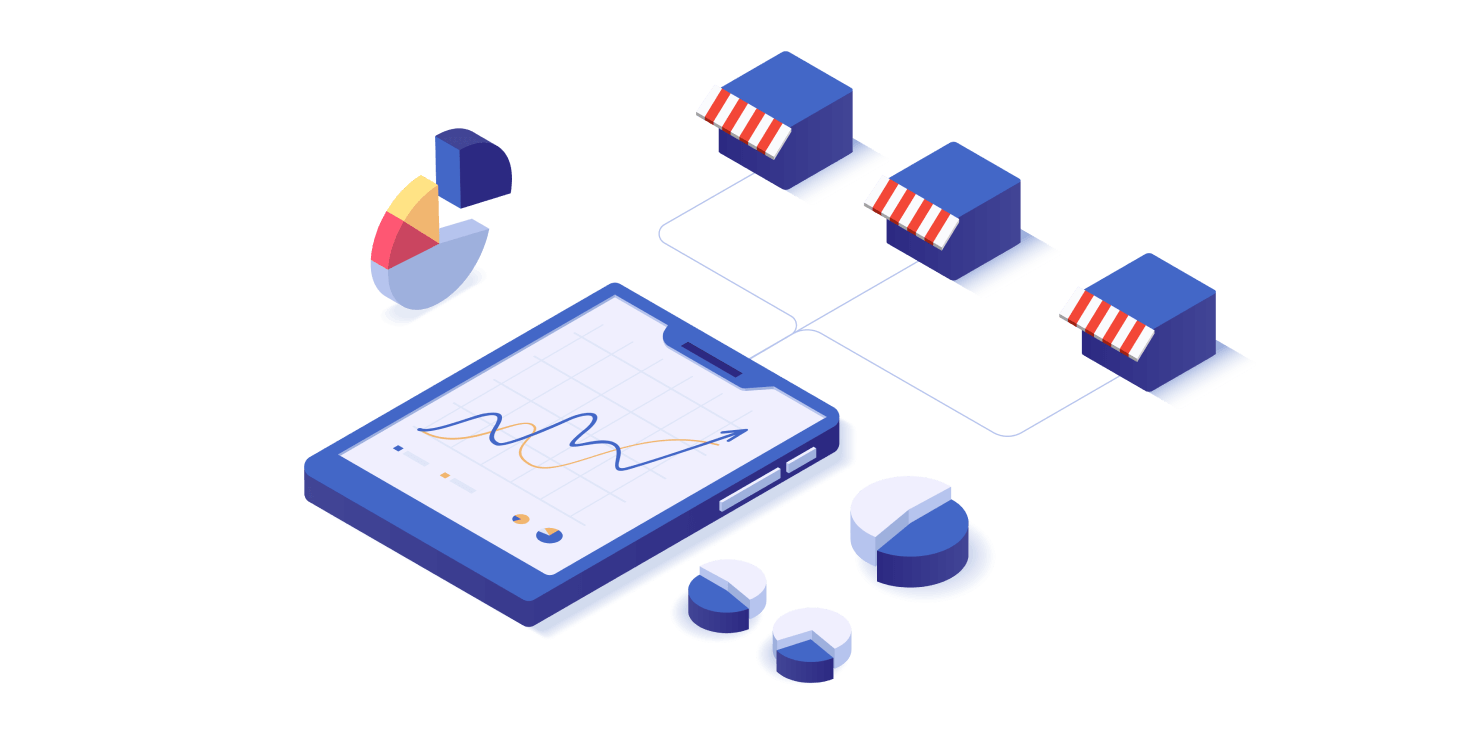How to organize ecommerce analytics and reporting if you run multiple stores

Running an online store is no easy task on its own. But when it comes to running or managing multiple ecommerce stores – things can get hairy pretty fast. When ecommerce data is split between different stores it becomes exponentially harder to stay organized and well-informed.
it becomes much trickier for business owners to analyze their business as a whole and to answer some fundamental questions:
- What’s my total revenue, markup, and profitability?
- What are the best-selling products across all of my stores?
- Do I have common customers between my stores?
And for agencies, who manage multitude of stores for their clients, reporting can become a time-suck and a dreaded chore.
Figuring out multi-store analytics for your ecommerce business
Multi-store analysis has always been one of the cornerstones of SavvyCube. SavvyCube allows you to connect all of your Shopify and Magento stores to a single SavvyCube account and track all your key performance metrics. You can then switch between the stores or you can see aggregated numbers for all of them together.
You also get a capability to see all your customers in one place. You can group them into segments to better understand how they buy and then use the insights to run more effective marketing campaigns.
And finally, you get a comprehensive Stores report, where each store is represented as a line item. You can pick and choose which fields to include into the report and run any type of filtering you need. Then you’ll be able to easily compare your stores’ KPIs to each other, as well as see how it all sums up for each particular metrics.
Organizing multi-store reporting for your agency or your team
When you need to send reports to multiple people with various roles within or outside of your organization, SavvyCube gives you tools to significantly simplify this process.
First of all, you can invite any number of users to your SavvyCube account (be that your teammates of customers) and specify which stores they have access to.
Second, you can create and save custom reports. You can make those reports either private, or visible to all users within your SavvyCube account (they will see in the reports only the data they have access to).
Third, you can schedule email reports to be send out on a daily, weekly, or monthly basis. This way you make sure you keep everyone in the loop.
And finally, your users can enjoy self-service buy logging into SavvyCube and exploring the data on their own. SavvyCube’s easy-to-use interface lowers the barrier of entry and dramatically improves user experience, compared to more clunky and outdated analytics tools.